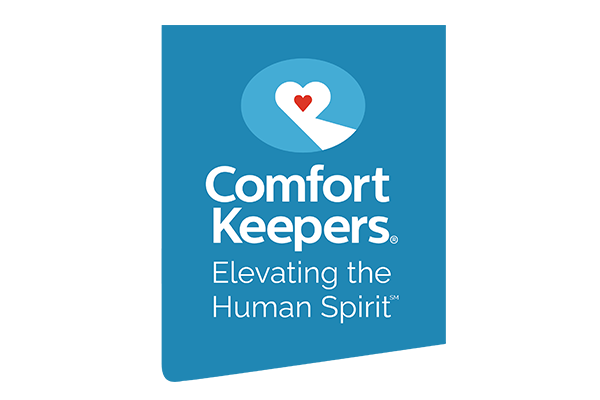
NOVEMBER 3–9, 2024
Sleep First. Drive Alert.®



The National Sleep Foundation’s Drowsy Driving Prevention Week® encourages everyone to prioritize sleep and drive when they are alert and refreshed. Our goal is to help people get the sleep they need and reduce the number of drivers who choose to drive while sleep-deprived.
Together, we can help people drive alert and work to prevent thousands of motor vehicle crashes each year.
DROWSY DRIVING PREVENTION WEEK 2024
Fall-asleep crashes are often caused by not getting the sleep you need

Drowsy driving is more likely to cause a crash.
Just like drunk, drugged, and distracted driving, drowsy driving is a real public health issue, causing thousands of car crashes each year and killing an estimated 6,400 people in the U.S. alone according to the AAA Foundation for Traffic Safety. The National Highway Traffic Safety Administration reports an estimated 100,000 crashes each year are caused primarily by drowsy driving, resulting in more than 71,000 injuries and $12.5 million in damages.

Drowsy driving is really risky.
When you drive without adequate sleep, your motor skills are seriously impaired. In fact, we’ll go as far as saying that drivers who’ve only slept 3 to 5 hours in the last 24 hours are unfit to drive. Most people understand it’s risky, but they don’t think about the consequences.

Drowsy driving is dangerously common.
Young drivers (aged 16-25 years) and shift workers are at greatest risk of falling asleep behind the wheel, but most drivers can relate to a time when they have nodded off while driving. Importantly, drowsy driving is preventable.
Get the sleep you need to be alert and refreshed when you drive
Being your Best Slept Self® is important so you can get the sleep you need before you get behind the wheel. Fortunately, there are steps you can take to improve your sleep health.
Read the steps to get better sleep (PDF)Stay tuned for the 2024 Drowsy Driving survey results.
In our 2023 Drowsy Driving Survey, we wanted to learn more about the attitudes, behaviors, and perceived risks of drowsy driving among teen drivers. Motor vehicle crashes are the second leading cause of death among teenagers in the United States. Educating teens, and their parents, about the risks of drowsy driving and the importance of getting the sleep they need before they get behind the wheel can help keep everyone safe on the road.
Risk starts early for teen drivers.
KEY SURVEY RESULTS

In their first two years of driving, 1 in 6 teens have already driven while drowsy.

95% of teens say drowsy driving is risky, but most rate drunk, drugged, and distracted driving as more dangerous.

Most teens say schoolwork and jobs are the main factors that keep them from getting the sleep they need to drive alert.

Teen drivers with jobs are more than 2X as likely as those without to have driven while so tired they had a hard time keeping their eyes open.
The best way to prevent drowsy driving is by making sure you are a Best Slept® driver.
Drowsy driving affects everyone on the road. Download and share the survey infographic with your friends and family.
Drowsy driving is dangerously common—but it is preventable.
You can download our full Drowsy Driving Survey Report below to learn more about the results and how to help prevent drowsy driving.
SLEEP HEALTH TOPICS
Discover more drowsy driving resources.
Read on to learn more about how you can be safer behind the wheel by putting #SleepFirst.

Put Sleep First. Drowsy Driving is Dangerous.
Drowsy driving is dangerous, but preventable. Learn some things you can do before getting behind the wheel.

Tips for Staying Alert and Preventing Drowsy Driving
Before getting into the car with someone or driving yourself, review our tips for preventing Drowsy Driving. Learn the 8 drowsy driving warning signs.

Wait. Drowsy Driving is like Drunk Driving?
When people drive after sleeping four hours or less, it’s like driving drunk. Learn why teenagers are more susceptible to drowsy driving.

Sleep Health and Safety: Navigating the Road to Alert Driving
Understand how technological advancements can enhance two of the most critical aspects of our lives: healthy sleep and safe driving.

Staying Alert on the Road after Work
If you work early mornings, late nights, or alternating shifts, you have a higher chance of drowsy driving. When you’re sleep-deprived, your motor functions and reaction time are impaired, which can raise your chances of getting into a crash.

It’s Time to Talk to Teens About Drowsy Driving
Sure, teens get tired of being told what to do. But if you have a teenager who is also a driver, talking about the dangers of drowsy driving is one talk you need to need to have.
NSF is proud to recognize our Drowsy Driving Prevention Week sponsors and collaborators who are demonstrating their commitment to sleep health and road safety.
Sponsors





Campaign Collaborators











Drowsy Driving Prevention Toolkit
Webform for users to access the participation toolkitFOLLOW US FOR MORE
Join the conversation about sleep health and drowsy driving.
Follow us on social media to learn more about how to be your Best Slept Self® and how you can prevent drowsy driving.



